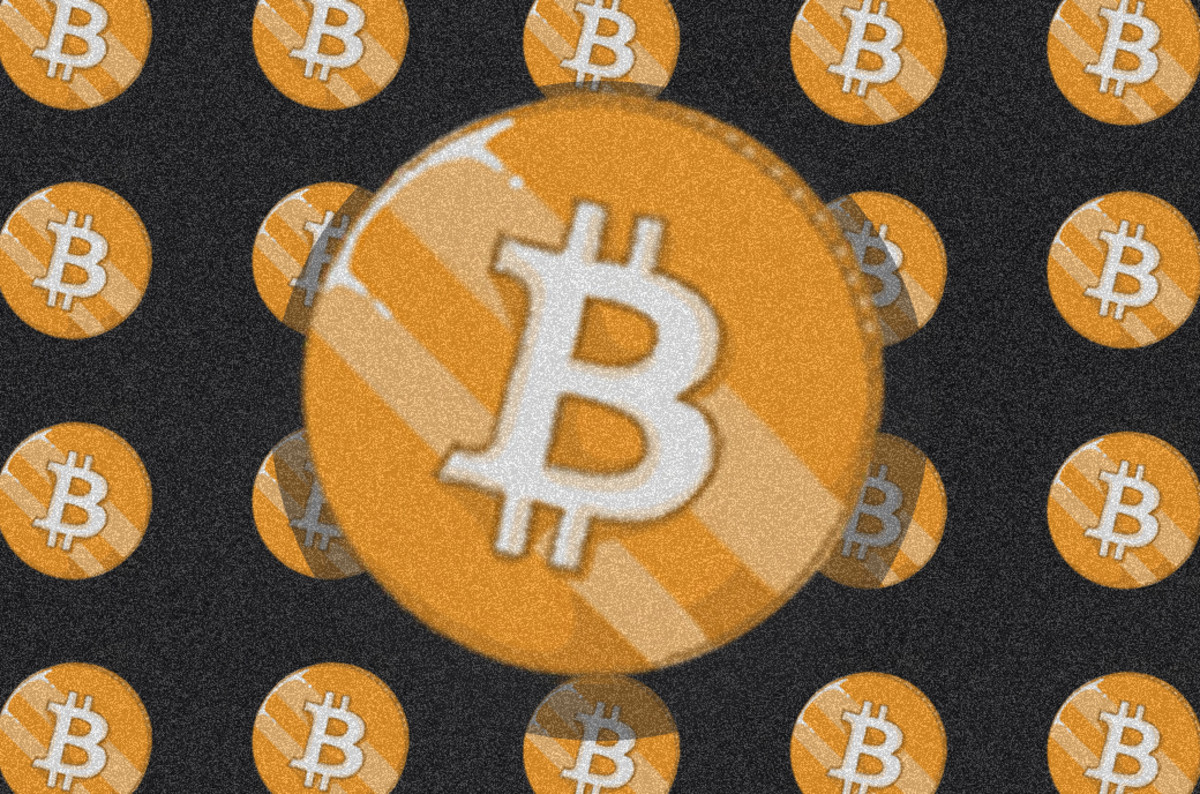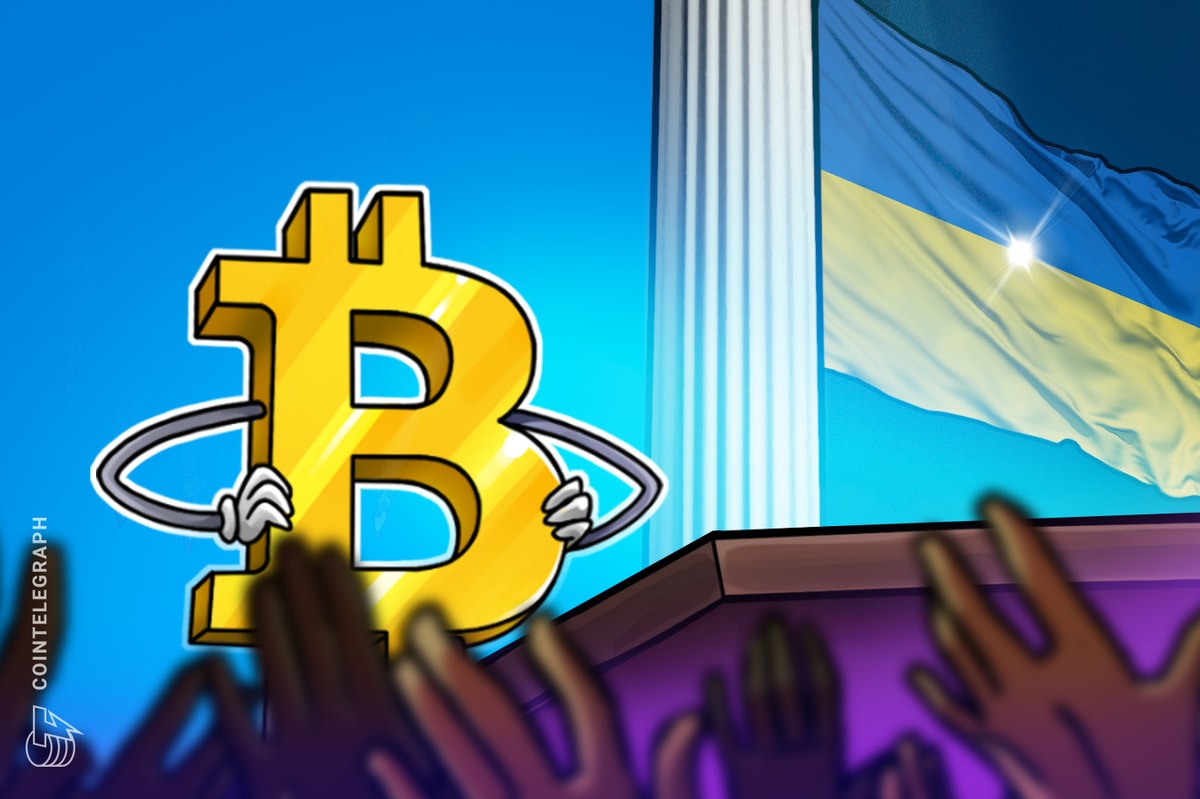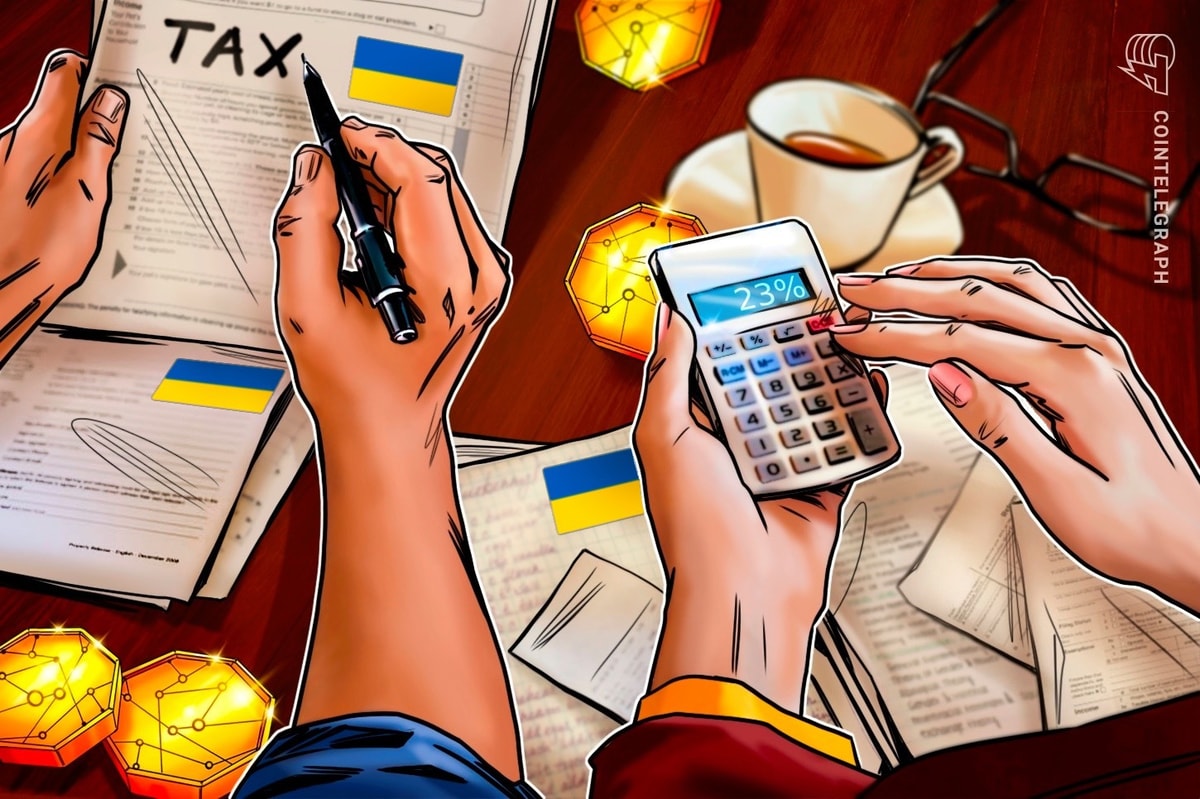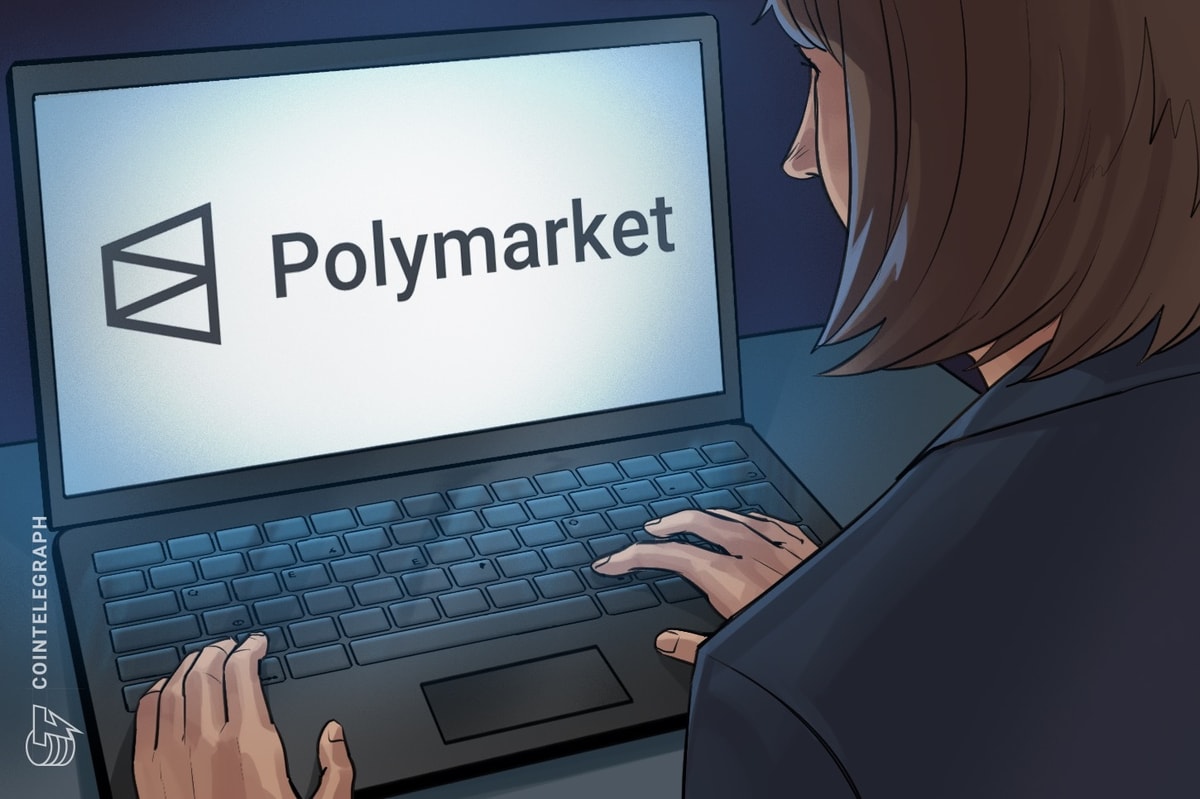
A Bitcoin signet, proposed by Karl-Johan Alm, could provide a more predictable and stable Bitcoin testnet for development.
This is a guest post by Roman Saskiw that appeared in Issue 21
Ukrainian society has a low amount of trust, and high technical expertise. So, perhaps predictably, Ukraine’s Bitcoin scene is defined by isolated pockets of talented developers and miners (see did Ukrainians almost take over Bitcoin article by Bloomberg1). But it is absent of any substantial community of users or merchants. The public remains unaware of Bitcoin. A handful of people (myself included) are trying to change that by organizing clubs, Satoshi Squares, and educational resources.
The founder of Kyiv’s Kuna Bitcoin Agency2, a retail Bitcoin shop, explains on the agency’s website: “After the revolution we now have no fear nor anything to lose. Sounds like a perfect place for Bitcoin.”
Despite the violence and uncertainty, the mood in Ukraine is largely optimistic, more so the further you travel from the territories disputed by Russia where a low-intensity war is underway and where a substantial minority remains deeply skeptical of the West. For many others, the conflict in Ukraine is a long over-due divorce with the corruption and brutality of the Russian government — what Wikileaks dispatches revealed3 was considered a “mafia-government” by many diplomats.
Of course, there is concern too. Everyone is waiting to see how far Putin will push the covert invasion / uprising. He recently surprised many observers by stating Ukraine’s planned election for May 25th is “a step in right direction.” That means he’ll either be backing off, or launching a full scale invasion, or something in between.
Last month, the self-declared separatist mayor of Sloviansk, the Eastern Ukrainian city at the center of the covert invasion / uprising, said “We will take all necessary measures so that elections in the southeast do not take place.” Asked how he would accomplish this, he responded, “We’ll take somebody as hostage and hang him by the balls.” He also promised to destroy dissent, calling it “a harsh truth of life4.”
November seems like a life-time ago, and a world apart from today’s situation in Ukraine. The unrest began on November 21st. Victor Yanukovych was still Ukraine’s president. He was Moscow’s preferred candidate in the 2010 election (which he won), and earlier in the fraudulent 2004 election which was overturned by Ukraine’s Orange Revolution.
On November 21st, he announced the postponement of a planned accession agreement with the EU, a long, difficult process at the end of which, Ukraine might theoretically have joined the EU. Success was doubtful, but the process itself would have strengthened Ukraine’s ties with Europe. Even more importantly in the opinion of many Ukrainians, it would have symbolized a movement away from the corruption and criminality that replaced the Soviet Union. A minority of Ukrainians viewed the EU with skepticism and wanted closer ties with Russia, especially in Crimea and the two easternmost provinces known collectively as “Donbas,” the home of then-President Yanukovych.
Up to ten thousand people5 took to the streets and remained there, holding signs, singing songs and refusing to be removed. The tenor of the protests changed on November 30th with a brutal pre-dawn raid by Ukraine’s riot police against stationary protesters. Many protesters were injured. Some were kidnapped from their streets or from the hospitals where they sought medical care.
In the next several days, up to a million people poured into the capital. Though joining the EU remained a theme, the focus of the protests changed to overthrowing the regime.
The protests went through lulls and escalations, one of which came after January 16th when Ukraine’s legislature criminalized virtually every form of protest. Days later, several protesters were killed by gunshot wounds. Around this time, protesters also received text messages warning them that they’ve been listed as having taken part in illegal mass disturbances.
Police tried repeatedly to remove the protesters through declarations, intimidation and physical force. The protesters resisted with bricks, bats, Molotov cocktails and enormous barricades encompassing much of central Kyiv.
Provincial level government buildings were taken over in Western and Central Ukraine. Smaller demonstrations took place in Eastern and Southern Ukraine. Military reinforcements meant to reinforce the capital were blockaded in the eastern city Dnepropetrovsk.
The big escalation took place between February 18th and 22nd. Until then, violence had been relegated to the edges of the protest camps where barricades stood, but on February 18th, snipers began killing protesters deep inside the camps. Thirteen police were killed in the ensuing violence, some of them by gunshot. Pained by their losses as well as disapproval of their mission, the police withdrew from the capitol. The President fled the country.
The official death toll of the revolution is 100 protesters and 13 police, though nearly 200 protesters remain missing. Despite accusations that the protests were anti-Russian and anti-Jewish, both Russians and Jews fought together with the protesters. Three of the deceased were Jewish.
It was not a civil war. It was a revolution.
The next chapter of the conflict happened in what had been the semi-autonomous Ukrainian republic Crimea. What can now be called an invasion began on February 27th. For its first weeks, journalists chose their vocabulary carefully. Much of the unrest relied on aggressive civilian forces surrounding Ukrainian military bases backed from a distance by masked gunmen whose uniforms bore no insignia.
Putin insisted the gunmen were local self-defense forces. Their heavy armament and coordinated activities seemed to indicate otherwise. Journalists were intimidated, had equipment confiscated and in some cases, were detained. A secretive referendum was held on March 6th which presumed to indicate that 97 of participants wanted to join Russia. Putin admitted5 on April 17th that Russian military forces were in Crimea prior to the referendum6.
During the Crimean phase, two Ukrainian soldiers were killed and one activist from Crimea’s indigenous Tartar population was discovered murdered with signs of torture. Most of Ukraine’s navy was taken over by Russia. Parts of the Ukrainian military defected.
According to surveys from recent years, 40 of Crimeans identify as Russian, 20-30 favored joining Russia, and, interestingly, only 60 use the internet at least once a week7.
In March, riots also took place in some of Ukraine’s eastern city between pro-Ukrainians and pro-Russians. Eye witness accounts in Kharkiv and Donetsk8, where pro-Ukrainian protesters were killed, seemed to suggest that many of the pro-Russian protesters were not locals, though there is significant minority support for integration with Russia — from 15 in Kharkiv to somewhere between 20 and 30 in Donetsk, home of ousted president Yanukovych.
One survey which allowed for a “neutral” option showed that 46 of residents of Donbas consider themselves unaligned in the conflict that has now taken on the character of a low-intensity war.
In Crimea, the invasion relies largely on irregular forces and the Kremlin denies affiliation. Unlike Crimea, the Ukrainian military is fighting.
The people fighting are difficult to name — insurgents / pro-Russians / Russians / separatists / terrorists. What’s clear is that they are heavily armed and well trained. They have shot down three Ukrainian helicopters. They have also kidnapped journalists and Ukrainian activists. One local pro-Ukrainian politician was tortured to death. So while surveys consistently indicate that a majority seems to prefer remaining with Ukraine, they seem to have been intimidated into silence, while a substantial minority has been mobilized, calling sometimes for Russian support, other times for a referendum on separatism.
Conclusion
I was pleased to see a heavy strain of independence and self-reliance during these protests. Though they were precipitated by the then-president’s refusal to build closer ties to the EU, I began hearing “we don’t need the EU” from people I never expected. Such an independent course would be the best thing for Ukraine. However under the pressure of an enemy, Ukraine is increasingly eager for whatever help and alliances it can get. Since February, support for joining the EU has risen from 41 to 53. It is highest in the West (82), and lowest in the East (27).
While an independent, unaligned Ukraine might be best for economic liberty, and, incidentally, closest to the spirit of Bitcoin, it is hard to imagine that close ties to the EU wouldn’t result in drastic improvements in the standard of living. A comparison of post-Soviet countries which joined Europe (Estonia, Latvia, Lithuania) to post-Soviet countries that remained in Russia’s sphere of influence (Ukraine, Belarus) illustrates this very clearly.
I don’t know how much of Ukraine will be annexed and I don’t know whether the subversives will succeed in disrupting the May 25th election, but barring an escalation into high-intensity warfare, it’s hard to be optimistic.
References & Resources:
1)http://www.iri.org/sites/default/files/201420April202420Survey20of20Residents20of20Ukraine2C20April203-122C202014.pdf
2)http://kuna.com.ua
3)http://www.theguardian.com/world/2010/dec/01/wikileaks-cables-russia-mafia-kleptocracy
4)http://www.unian.net/politics/911001-separatistyi-slavyanska-obeschayut-pyitat-zalojnikov-chtobyi-sorvat-vyiboryi.html
5)http://www.bbc.com/news/world-europe-25164990
6)http://www.washingtonpost.com/world/putin-changes-course-admits-russian-troops-were-in-crimea-before-vote/2014/04/17/b3300a54-c617-11e3-bf7a-be01a9b69cf1_story.html
7)http://www.iri.org/news-events-press-center/news/iri-crimea-survey-crimean-residents-most-concerned-about-economy
8)https://www.youtube.com/watch?v=0gL_tBcg8lc










